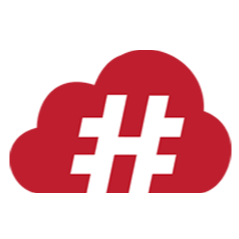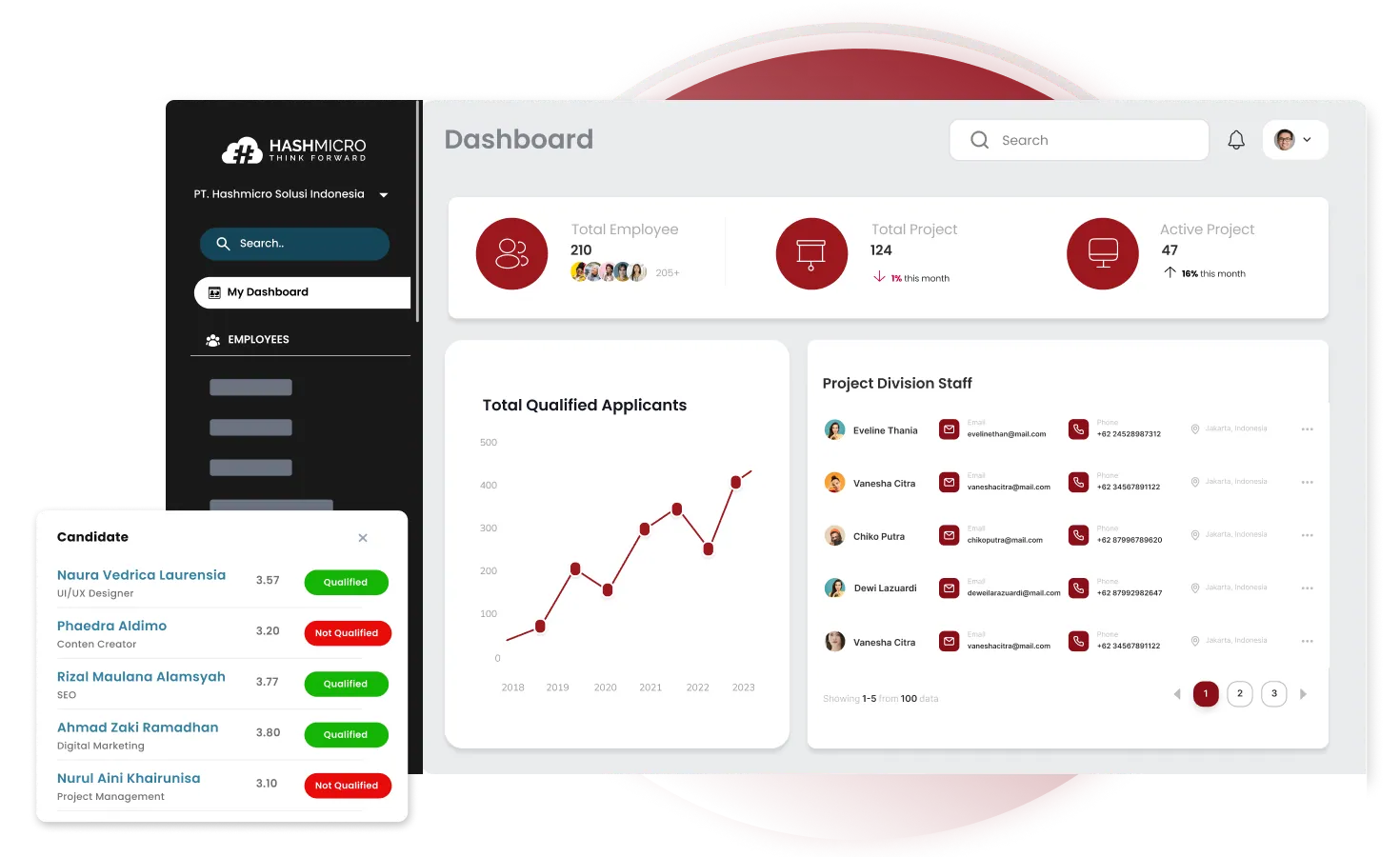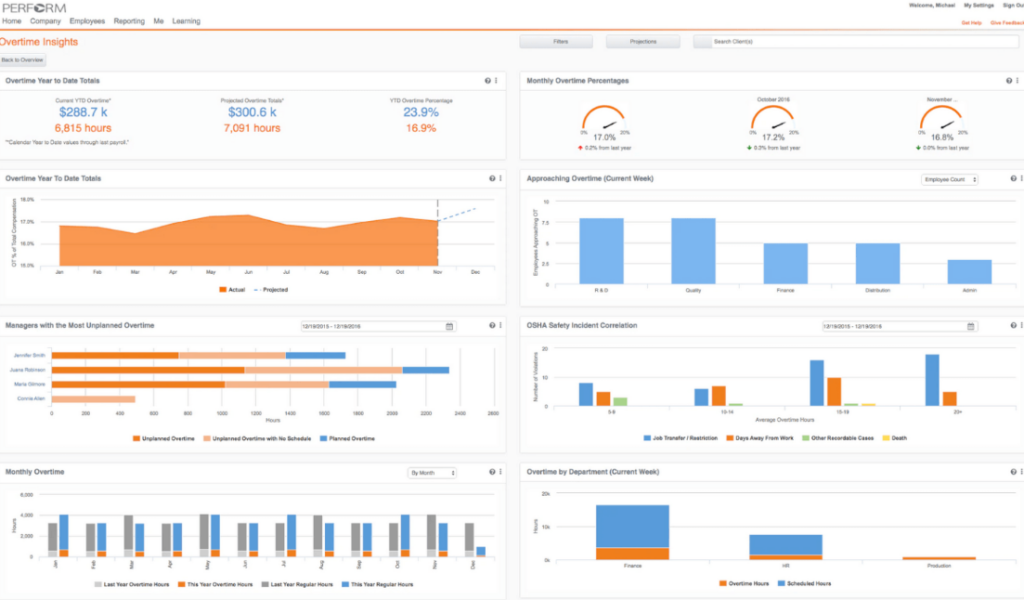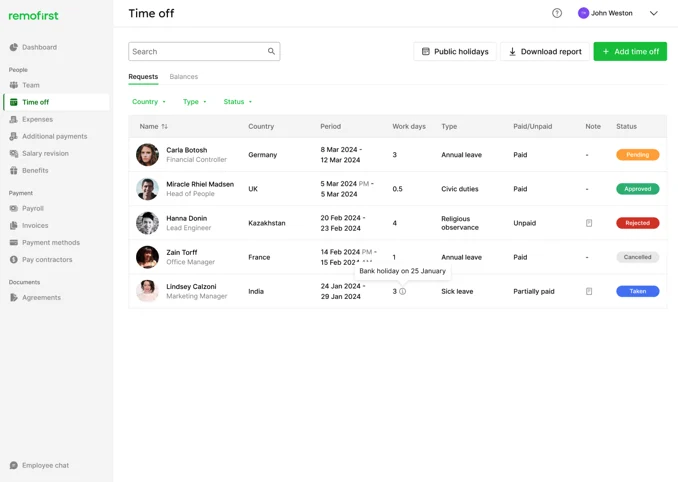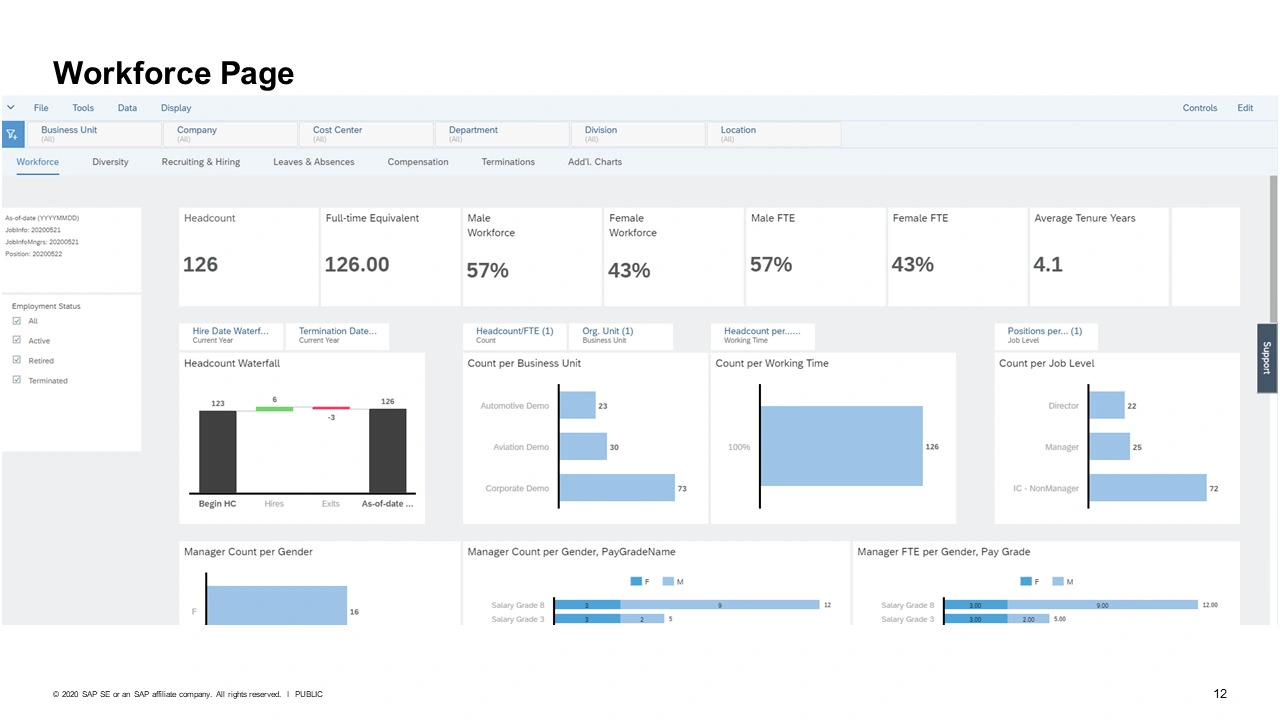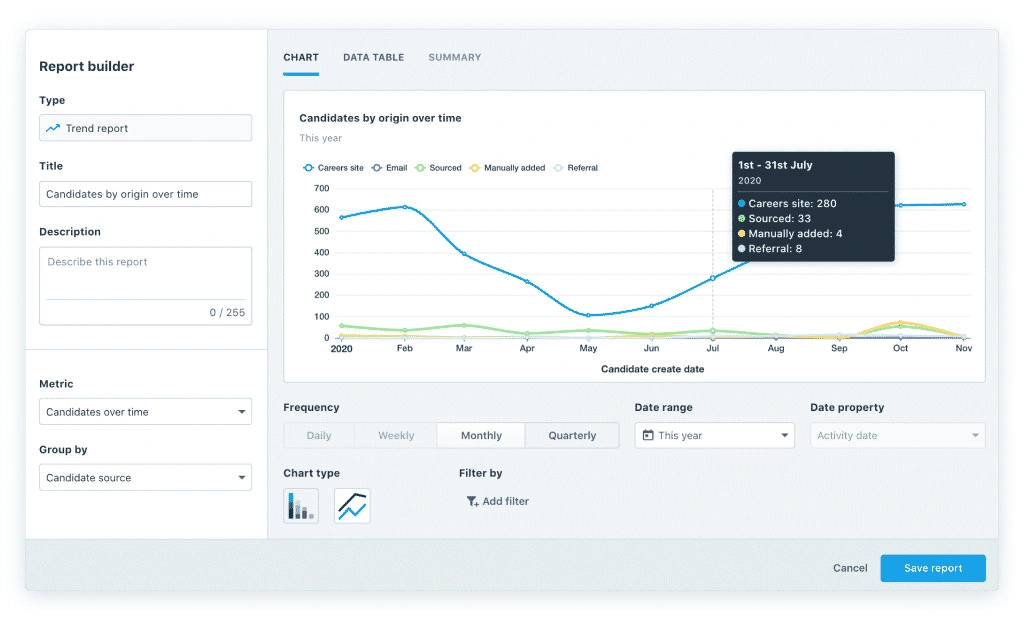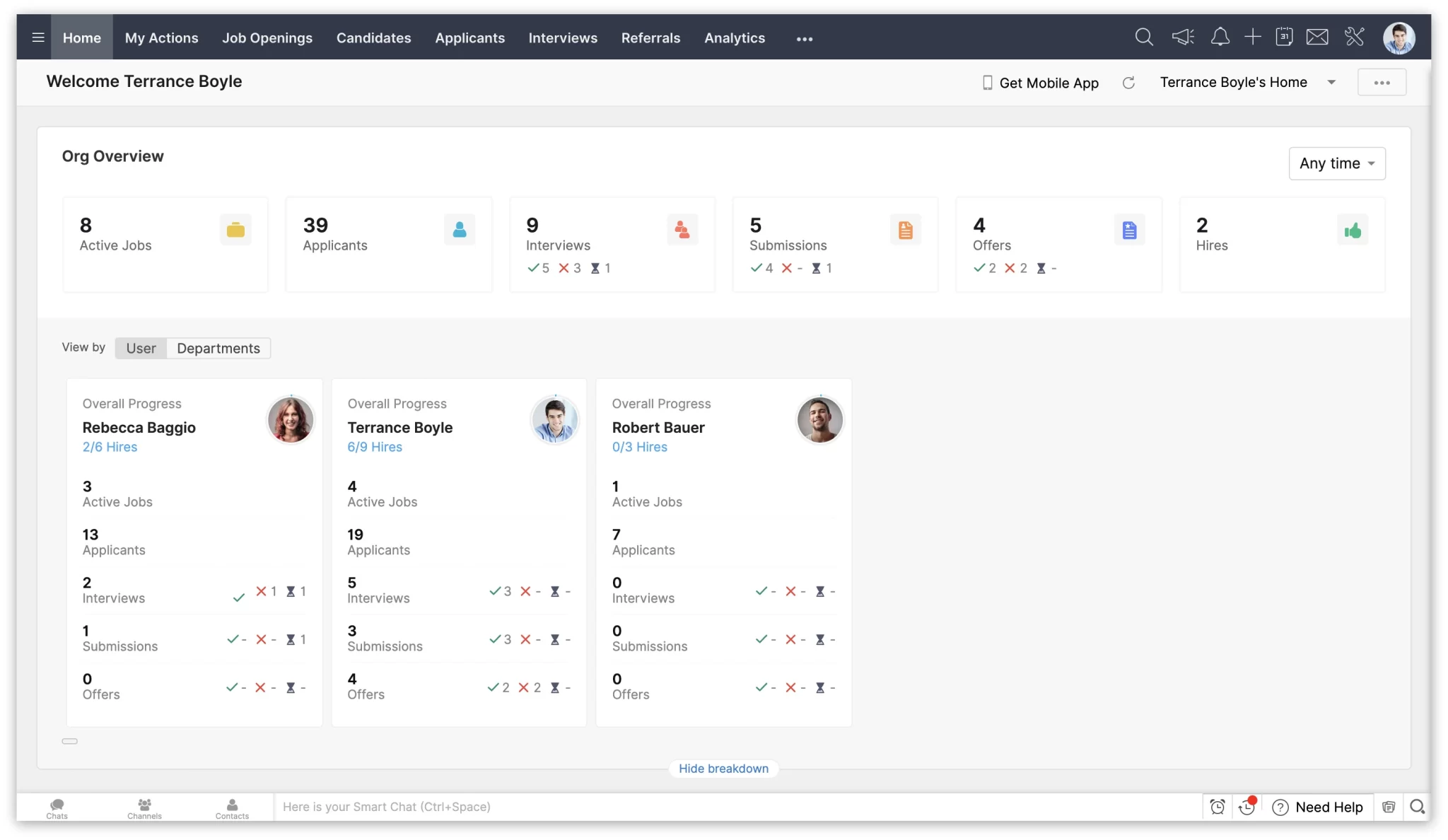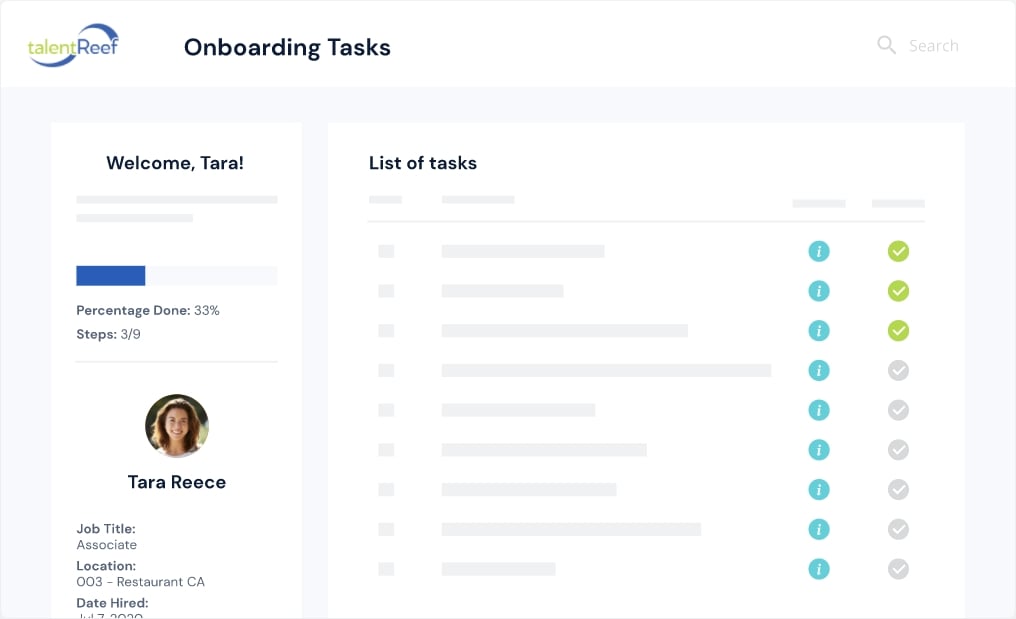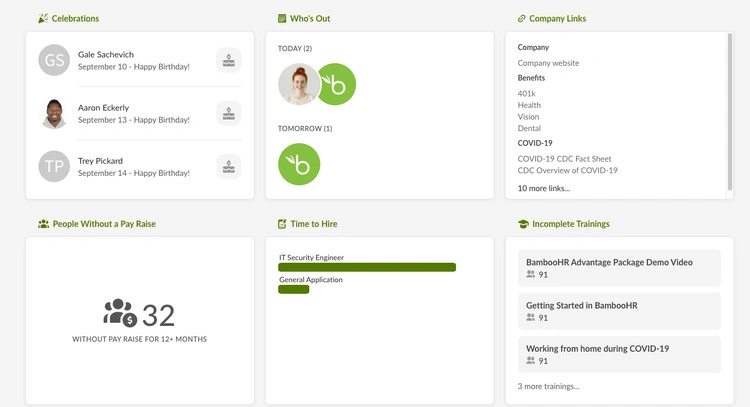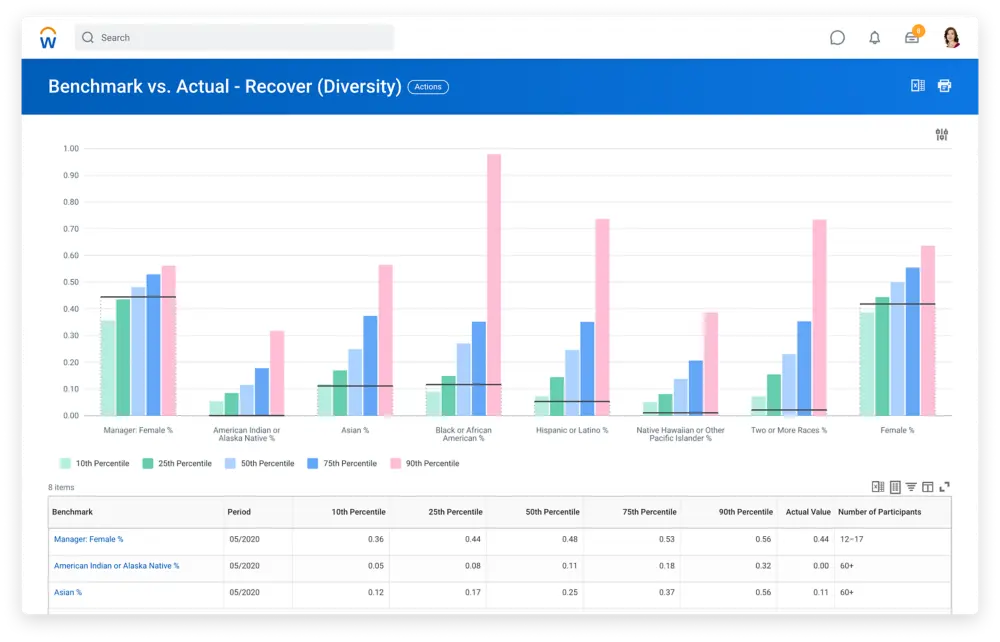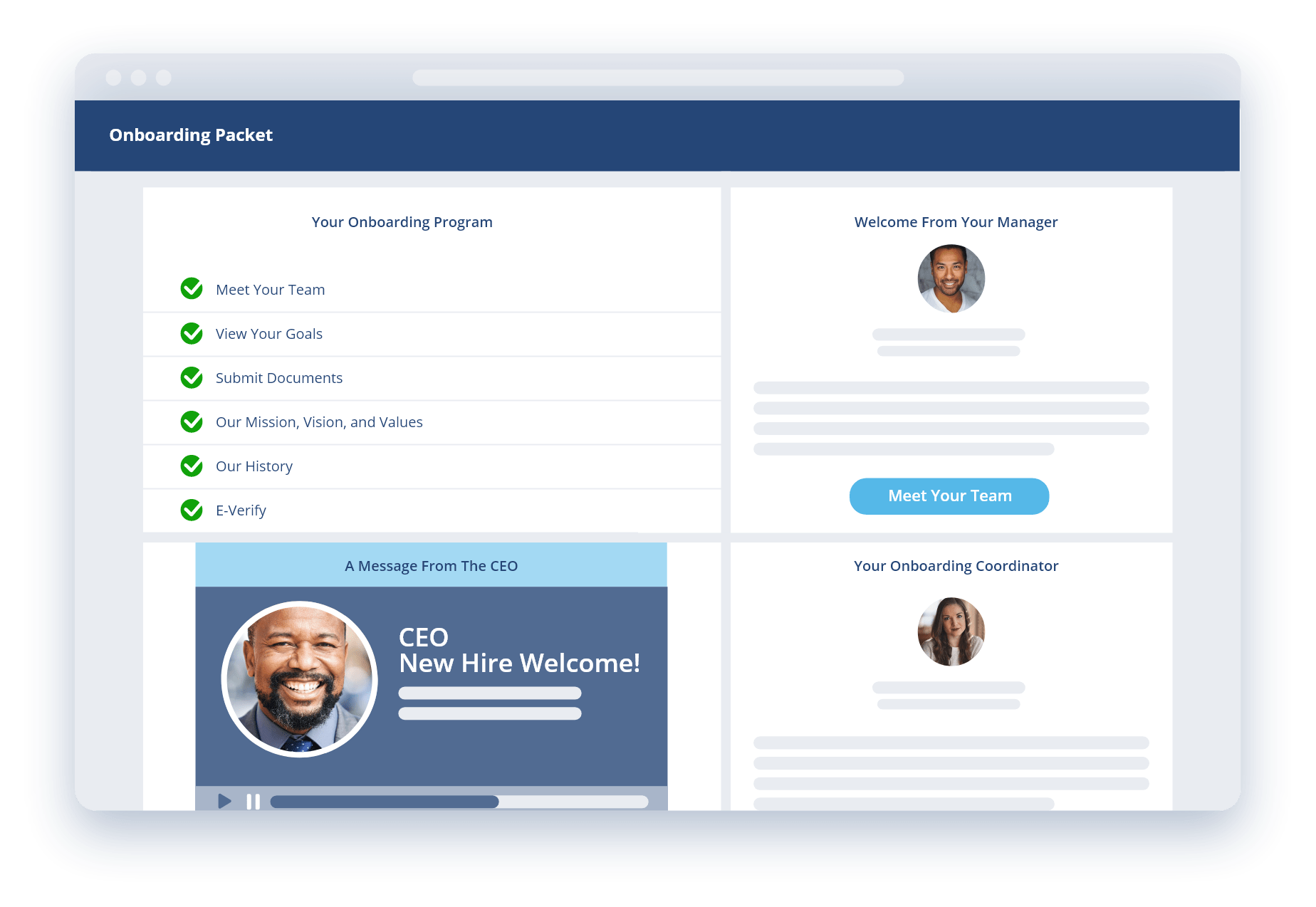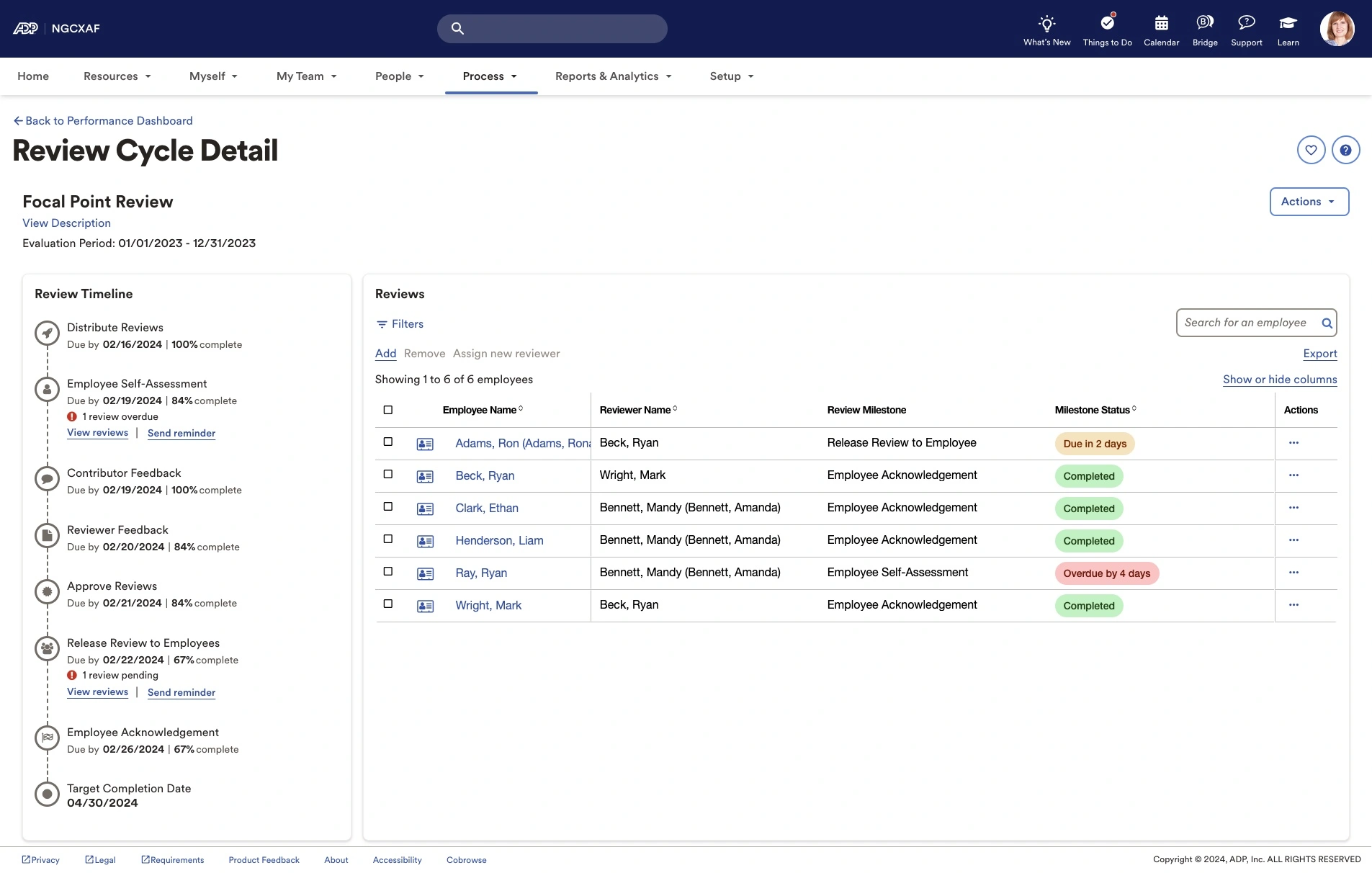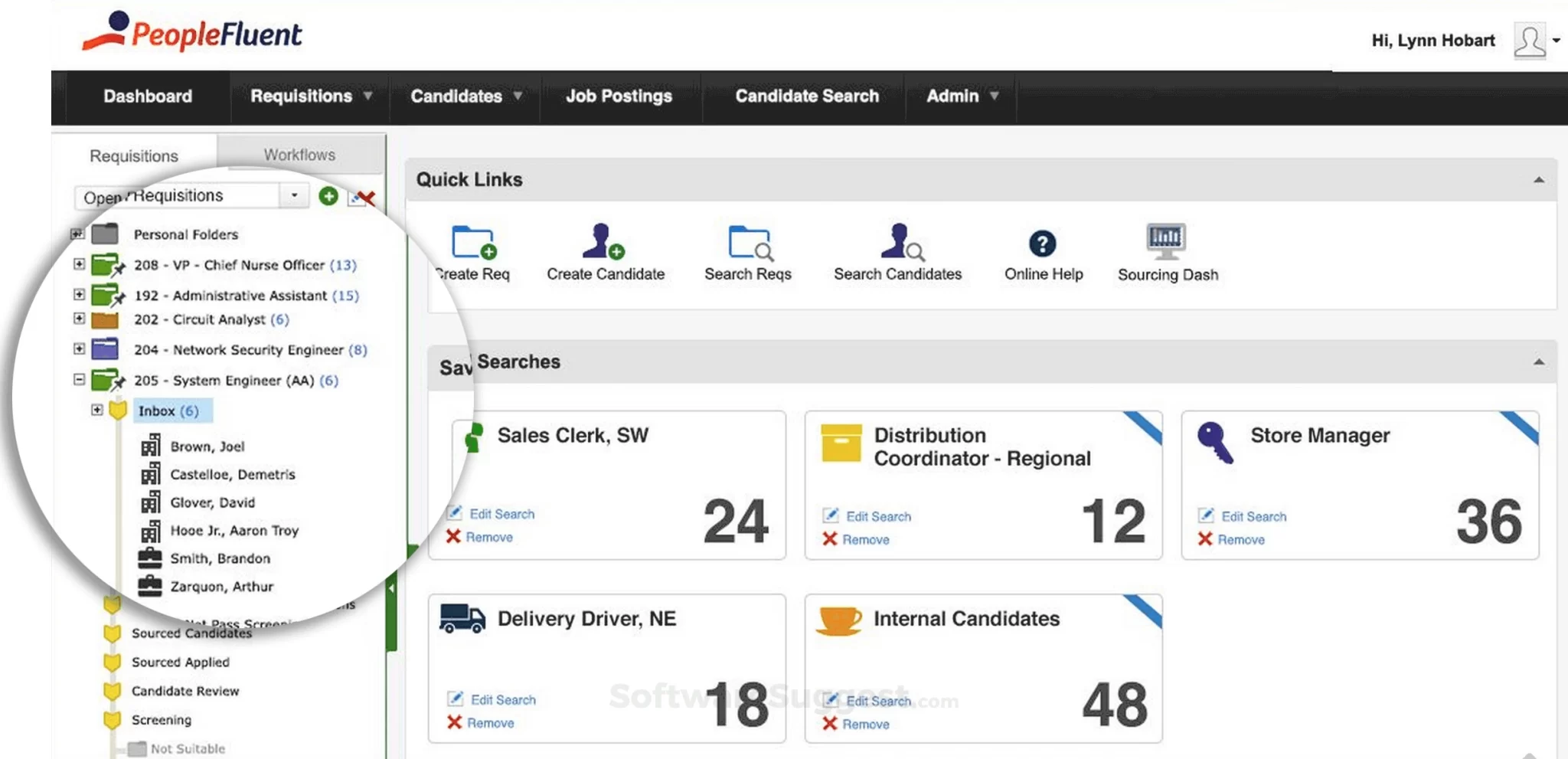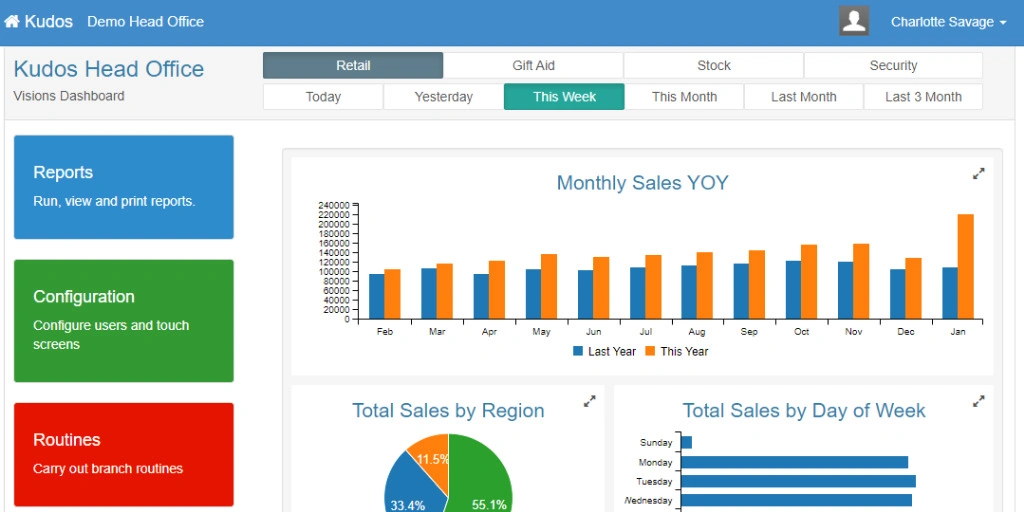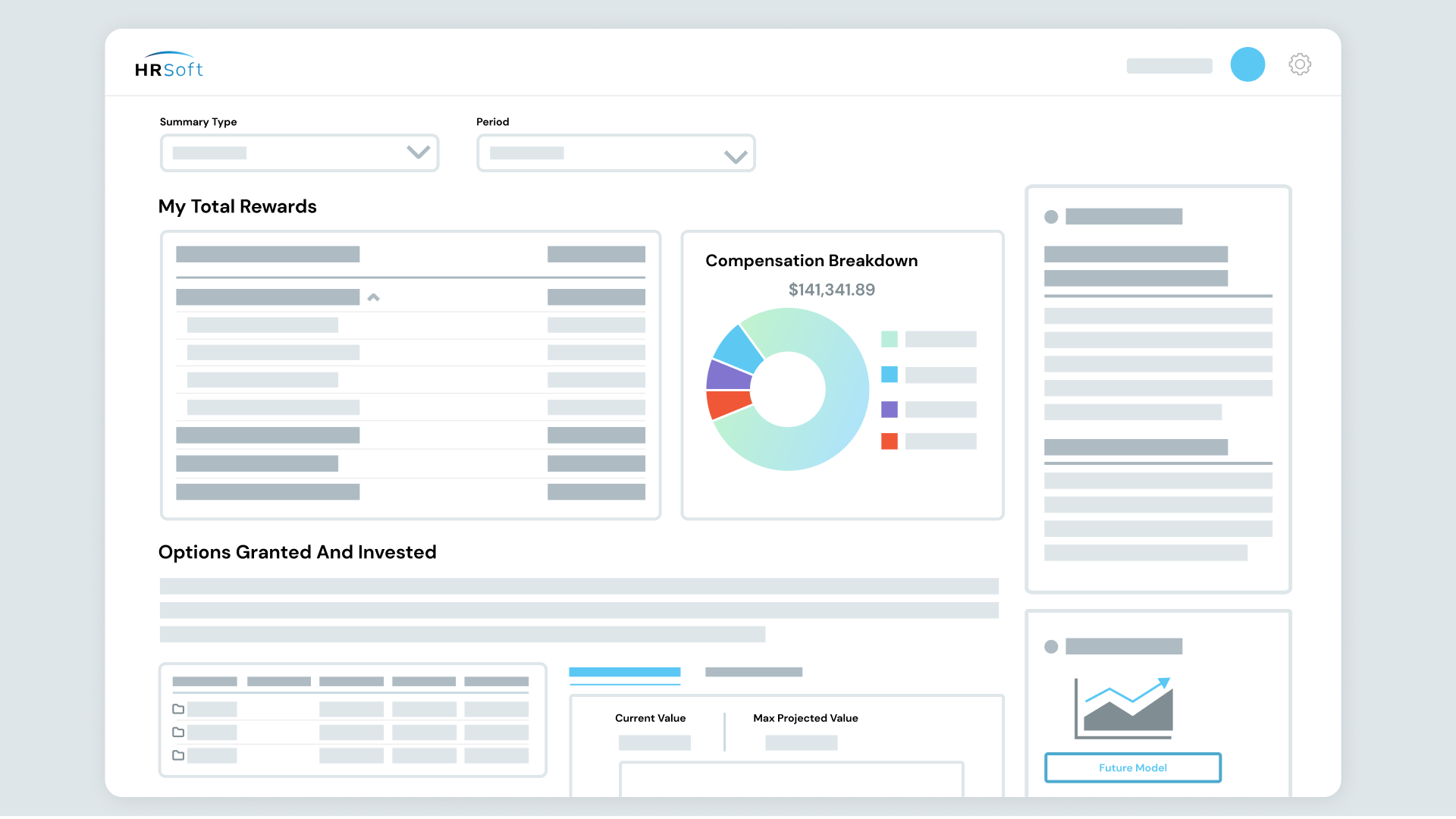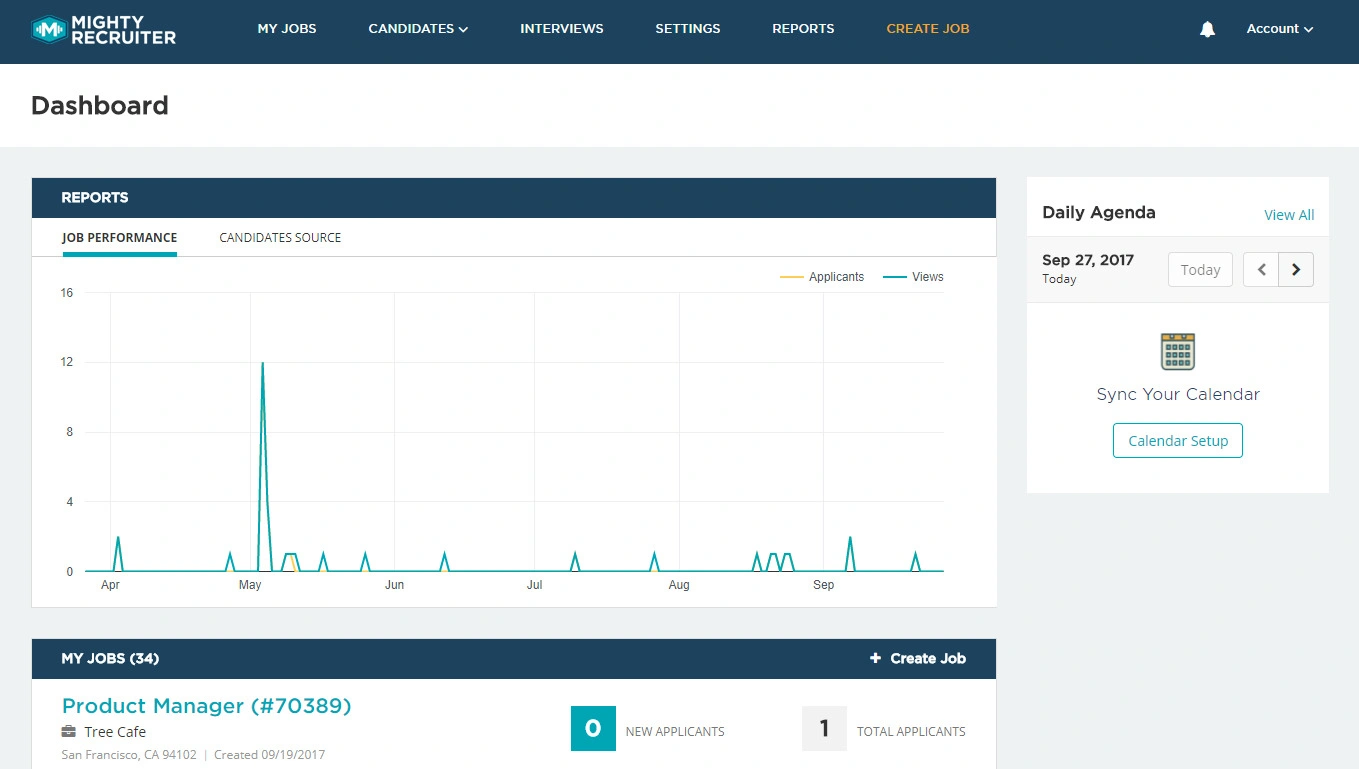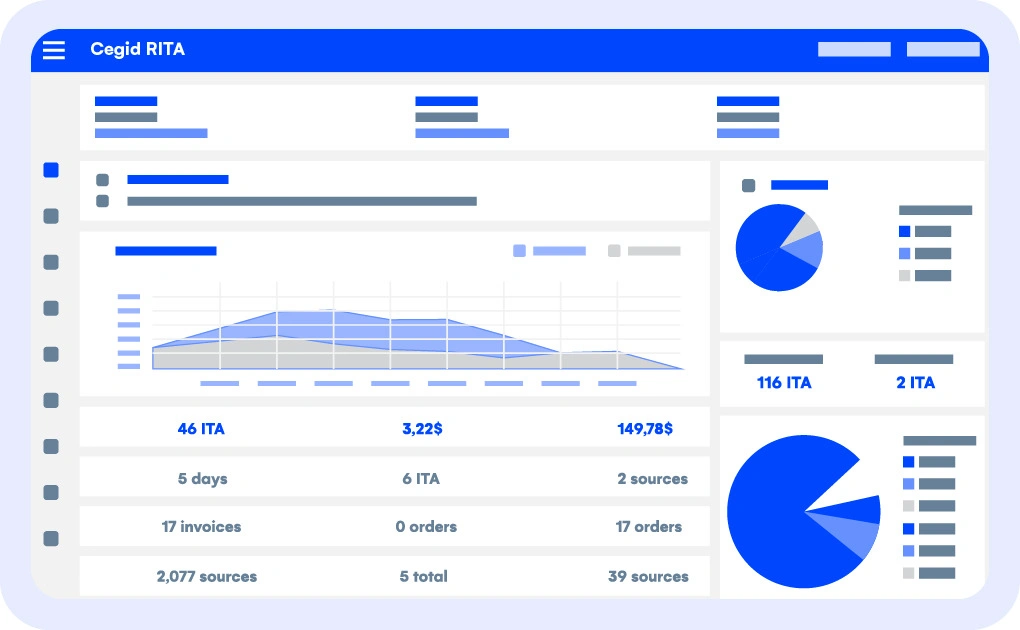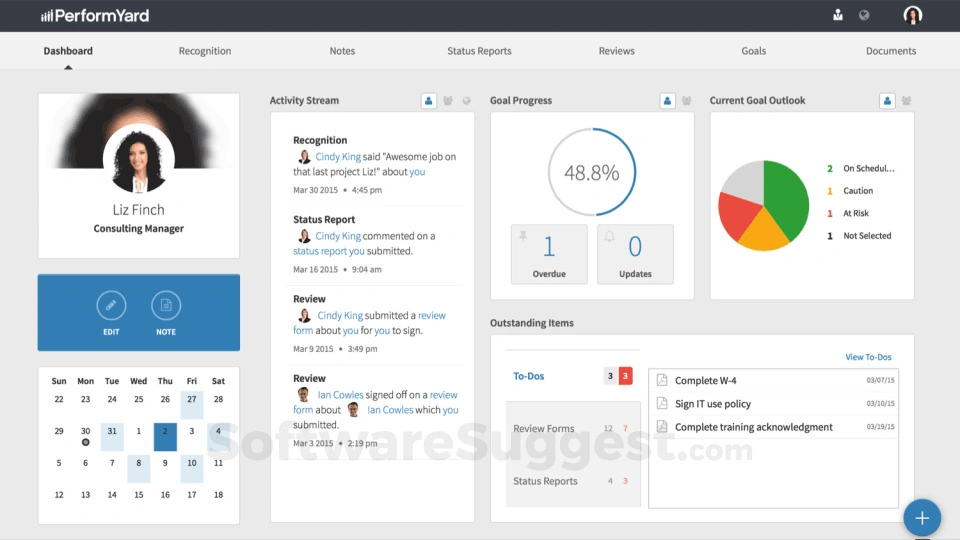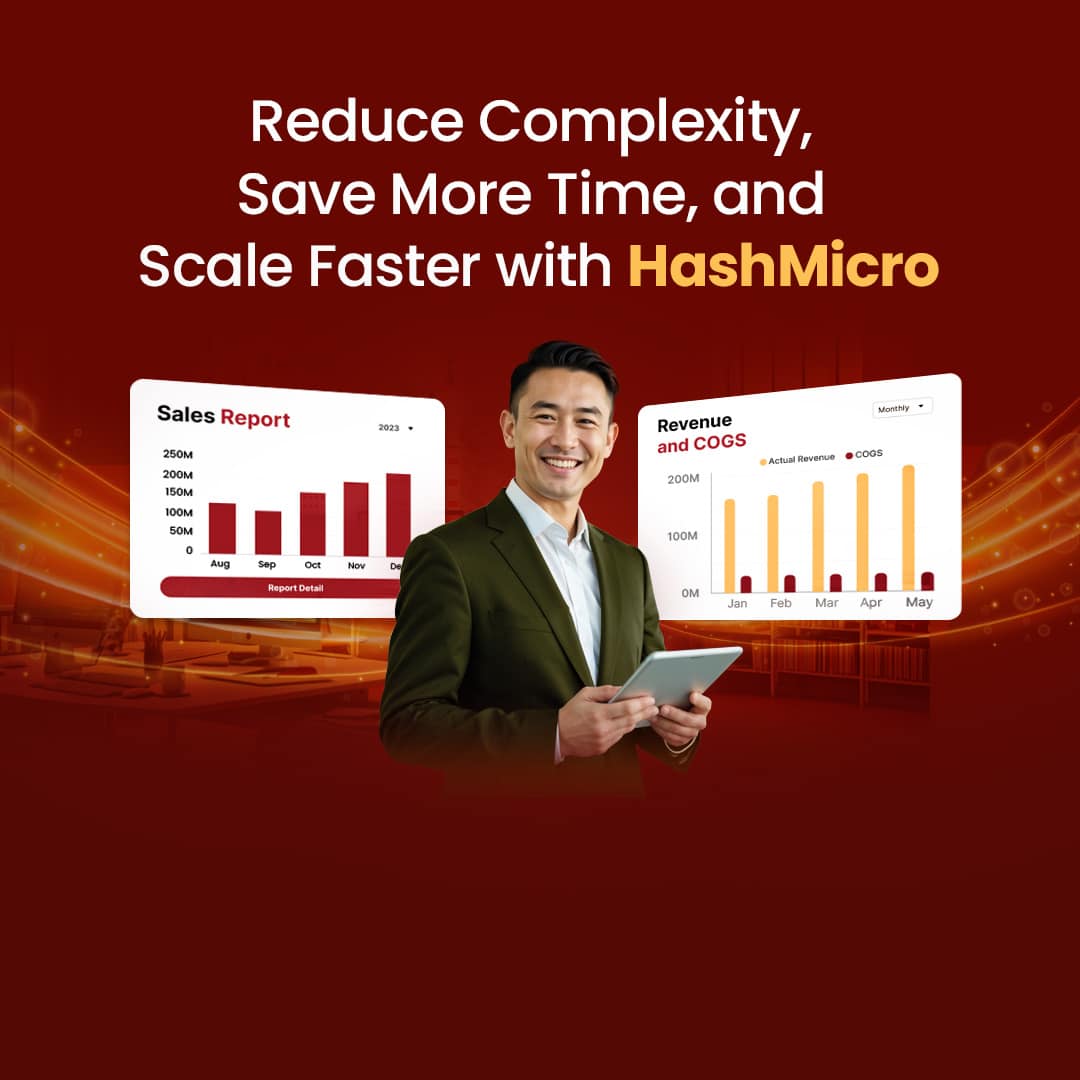Managing talent isn’t just an HR task—it’s a strategic priority. Companies are pressured to attract people, retain top performers, and develop future leaders. Talent Management Software (TMS) plays a vital role in helping businesses align people with purpose.
A Grand View Research report shows that Southeast Asia’s HR software market is expected to reach USD 578.4 million by 2024, with growth driven by ongoing digital transformation.
HashMicro stands out as one of Singapore’s best talent management solutions today. Its robust, cloud-based system offers end-to-end features from recruitment to employee development.
Here, we present the 20 best talent management software for 2025 in Singapore, chosen for usability, features, and real-world impact. Let’s dive into the top solutions driving HR transformation.
Table of Content:
Table of Content
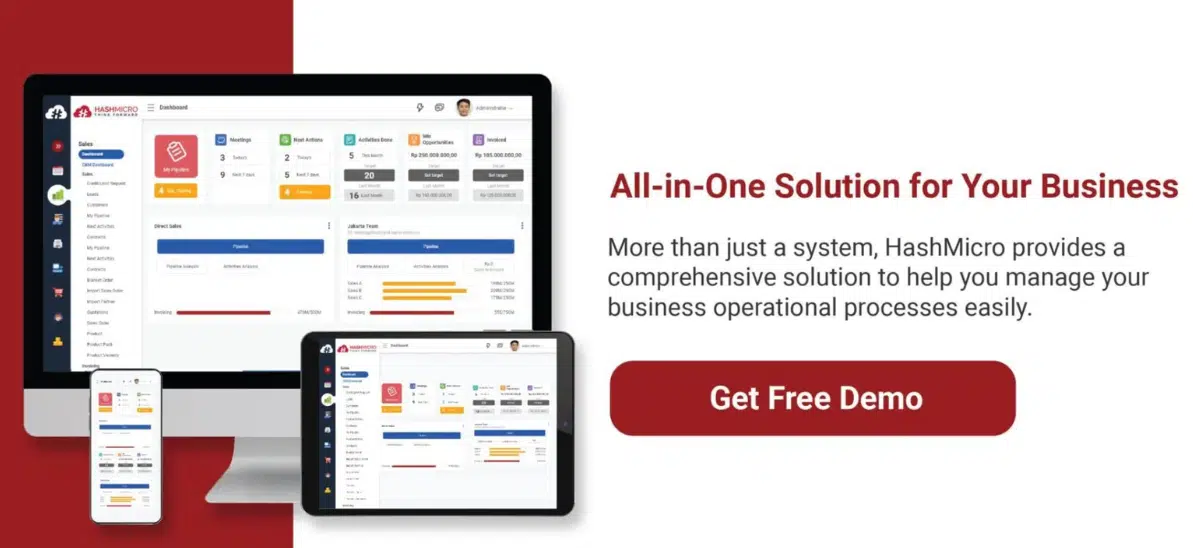
Key Takeaways
|
What is Talent Management Software?
Talent Management Software (TMS) is a digital solution designed to help organizations manage the entire employee lifecycle more efficiently. TMS centralizes key HR functions in one platform, from hiring and onboarding to performance management and succession planning.
Unlike traditional HR systems, which often focus on administrative tasks like payroll or attendance, TMS is built to support strategic people development.
It enables HR teams and managers to identify skill gaps, track employee growth, and create personalized development plans, leading to stronger retention and performance.
Modern TMS solutions leverage data analytics and automation to help businesses make smarter talent decisions. With insights into employee performance, engagement levels, and training progress, companies can proactively plan for the future while staying agile in the present.
Top 20 Talent Management Software Solutions
Below, we’ve compiled a list of some of the best TMS options in 2025, complete with overviews, key features, and a pros and cons breakdown to help you choose the right fit for your organisation.
1. HashMicro Talent Management Software
HashMicro HRM is a fully integrated HR solution that automates and simplifies end-to-end human resource processes. From recruitment and payroll to performance and attendance, it provides a centralized system to manage your workforce efficiently.
With a modular structure and seamless integration across finance, accounting, and ERP systems, the platform adapts to diverse business needs while ensuring data accuracy. Try a free demo today to see how HashMicro HRM can transform your HR management.
Key features:
- Talent Management with KPI Tracking: Monitor employee performance through measurable KPIs to identify high performers and align talent with business goals.
- Employee Development: Support continuous growth with personalized training plans, skill tracking, and clear career progression paths.
- In-Depth Performance Analysis with Nine Box Matrix: Evaluate employee potential and performance visually to guide promotion, succession planning, and development efforts.
- OKR (Objective Key Results): Set clear, trackable goals that align individual performance with company objectives, driving focus and accountability.
- Internal LMS: Provide structured learning opportunities through an integrated Learning Management System, accessible anytime by employees.
| Pros | Cons |
|
|
Explore a variety of pricing options tailored to businesses of all sizes. Review the plans below and choose the one that best aligns with your needs and budget.
2. Paycor
Paycor is a cloud-based Human Capital Management (HCM) solution for small to mid-sized businesses. It offers a full suite of HR tools, including recruiting, onboarding, payroll, talent development, and workforce analytics—all in a unified platform.
Key features:
- Applicant tracking and hiring workflows
- Onboarding automation
- Performance review templates and goal tracking
| Pros | Cons |
|
|
3. Remofirst
Remofirst is a global Employer of Record (EOR) platform that enables companies to hire and manage remote employees in over 180 countries legally. It handles compliance, payroll, and contracts, making international expansion and remote hiring more accessible.
Key features:
- Employer of Record (EOR)
- Localized contracts
- Global payroll
- Benefits administration
| Pros | Cons |
|
|
4. SAP Successfactors
SAP SuccessFactors is a robust talent management suite for large and enterprise-level organizations. It combines core HR functions with strategic talent development features like succession planning, learning paths, and analytics.
Key Features
- Performance and goal management
- Succession and career planning
- Learning and development platform
| Pros | Cons |
|
|
5. Paylocity
Paylocity is an all-in-one HR and payroll platform that enhances employee experience while automating back-office tasks. It’s known for its clean interface and integrated communication, feedback, and performance tools.
Key Features
- Payroll and tax automation
- Applicant tracking
- Onboarding workflows
| Pros | Cons |
|
|
6. Recruitee
Recruitee is a collaborative hiring platform designed to streamline recruitment workflows. Its intuitive, drag-and-drop interface allows teams to manage job pipelines and collaborate effectively on candidate evaluations.
Key Features
- Custom hiring pipelines
- Team collaboration tools
- Job board multiposting
| Pros | Cons |
|
|
7. Zoho Recruit
Zoho Recruit is a flexible ATS platform for corporate HR departments and staffing agencies. With AI features and automation, sourcing and shortlisting are sped up while remaining budget-friendly.
Key Features
- Applicant tracking system (ATS)
- Resume parsing
- AI candidate matching
| Pros | Cons |
|
|
8. TalentReef
TalentReef is a recruitment platform built for high-volume hourly hiring. It focuses on simplifying applications and speeding up hiring decisions—especially in industries like hospitality, food service, and retail.
Key Features
- Mobile-first job applications
- Pre-screening automation
- Digital onboarding
| Pros | Cons |
|
|
9. BambooHR
BambooHR is a popular HR platform for small to mid-sized businesses, known for its simplicity and clean interface. It helps teams streamline HR operations like hiring, onboarding, and performance reviews.
Key Features
- Performance management
- Time-off tracking
- Employee self-service portal
| Pros | Cons |
|
|
10. Workday
Workday is an enterprise-grade HR and financial management platform used by global organizations. It offers advanced tools for talent planning, payroll, workforce analytics, and more. It’s best suited for large companies seeking an all-in-one system that scales across departments and regions.
Key Features
- Talent management
- Payroll and workforce planning
- Learning and development
| Pros | Cons |
|
|
11. Clear Company
ClearCompany is a talent management platform that emphasizes the entire employee lifecycle—from recruiting and onboarding to engagement and performance. It’s ideal for organizations focused on aligning people with company goals.
Key Features
- Performance management
- Goal alignment tools
- HR analytics
| Pros | Cons |
|
|
12. ADP Talent Management
ADP Talent Management is part of ADP’s broader suite of payroll and HR solutions. It offers modules for recruiting, performance, and learning, all integrated with ADP’s core systems. It’s a solid choice for companies already using ADP for payroll who want to expand into full HR functionality.
Key Features
- Recruitment and applicant tracking
- Performance management
- Learning and development
| Pros | Cons |
|
|
13. Peoplefluent
PeopleFluent is an enterprise-grade talent management system with specialized tools for performance, compensation, and learning. It’s used heavily in industries like healthcare, finance, and government.
Key Features
- Compensation planning
- Performance management
- Learning management system (LMS)
| Pros | Cons |
|
|
14. Kudos
Kudos is a recognition and employee engagement platform that helps build workplace culture through peer-to-peer praise and rewards. It’s not a full HR suite, but complements existing talent systems well.
Key Features
- Peer-to-peer recognition
- Custom rewards
- Employee engagement tracking
| Pros | Cons |
|
|
15. HRsoft
Focused on compensation management, HRsoft delivers specialized tools for pay planning, budgeting, and performance-linked rewards. It supports HR leaders in making strategic, data-driven compensation decisions.
Key Features
- Compensation management
- Incentive and merit planning
- Total rewards statements
| Pros | Cons |
|
|
16. Lattice
Built with a modern workforce in mind, Lattice helps organizations align people strategies with business goals through continuous performance tracking, engagement surveys, and growth plans.
Key Features
- Performance reviews
- OKRs and goal tracking
- Engagement surveys
| Pros | Cons |
|
|
17. Go Co
Rather than building everything from scratch, GoCo integrates core HR functions with your favorite tools. It focuses on flexibility—offering an HRIS that adapts to your existing processes and third-party software.
Key Features
- Time-off tracking
- Benefits administration
- Document management
| Pros | Cons |
|
|
18. MightyRecruiter
MightyRecruiter is a cost-effective ATS with access to a wide range of job boards that helps HR professionals source and manage candidates at scale with smart job posting and resume management tools.
Key Features
- Job distribution
- Resume database access
- Candidate tracking
| Pros | Cons |
|
|
19. Cegid Talent Management
Cegid Talent Management offers a unified approach to talent development, emphasizing mobility, career planning, and learning. It blends European compliance expertise with global scalability.
Key Features
- Career and succession planning
- Learning and development
- Performance management
| Pros | Cons |
|
|
20. PerformYard
PerformYard specializes in performance management and makes it easy for HR teams to customize review cycles, goals, and feedback systems to fit any organizational style. It’s well-suited for businesses that want a dedicated performance platform without feature bloat.
Key Features
- Performance reviews
- Goal setting and tracking
- 360-degree feedback
| Pros | Cons |
|
|
Choosing the Right Talent Management Software
Here are key factors to consider when selecting the right Talent Management Software (TMS) for your business:
- Identify Your HR Needs: Determine which areas need the most support—recruitment, onboarding, performance management, or learning and development. Choose software that aligns with your priorities.
- Ease of Use: The platform should be intuitive and user-friendly for both HR teams and employees. A clean, simple interface ensures faster adoption and less training time.
- Integration Capabilities: Ensure the TMS integrates well with your existing tools, such as payroll, ERP, or attendance systems. Seamless integration reduces manual work and improves efficiency.
- Scalability and Flexibility: Choose a solution that can grow with your business and adapt to your workflows. A scalable TMS will continue to support your HR needs as your team expands.
- Analytics and Reporting Features: A good TMS should provide data-driven insights into employee performance, development progress, and overall workforce trends. This supports better decision-making.
- Local Support and Compliance: Look for vendors that offer responsive customer support and understand your local business environment—especially regulations relevant to Singapore.
Focusing on these criteria will better equip you to choose a TMS that fits your business and delivers long-term value.
Conclusions
Talent management is essential for organizations to thrive. It ensures that the right people are in the right roles to drive business growth. It encompasses recruitment, development, performance management, and retention strategies that align with company goals.
However, choosing the wrong talent management system can lead to inefficiencies, wasted resources, and poor employee experience. It’s crucial to select a platform that is scalable, flexible, and integrated with existing business processes.
HashMicro HRM stands out as one of the best solutions available. Its fully integrated system provides businesses with a customizable, feature-rich platform designed to simplify and enhance HR operations without the risk of hidden costs.
Try a free demo today and experience how HashMicro can help optimize your talent management processes, improve employee engagement, and boost organizational success.
FAQ About Talent Management Software
-
Is talent management part of HR?
Talent management involves various HR strategies and processes focused on attracting, developing, engaging, and retaining top talent. Its core objective is to enhance organizational performance through cohesive and effective people management.
-
What is another name for talent management?
Other terms often used to refer to talent management include personnel management and human resource management, although each carries its own distinct nuances.
-
What is the difference between talent management and recruitment?
Talent acquisition focuses on finding and recruiting qualified candidates, while talent management involves nurturing and retaining those individuals. Hiring great talent is only the first step—without ongoing development, it’s difficult to keep employees engaged or maximize their potential.
